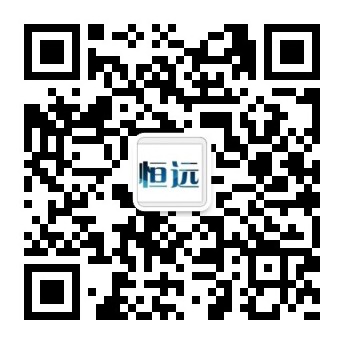
 +86 13382831519
+86 13382831519


The weighing sensor is the basic component in the weighing and measuring system, which is used to sense the weight signal and convert the weight signal into mV voltage signal, which is further processed by the secondary instrument or the upper computer system. The correct selection and use of the sensor is very critical, which directly affects the accuracy and reliability of the measuring system.
Origin and development of load cell
In 1938, California Institute of Technology professor E. Simons (Simons) and Massachusetts Institute of Technology professor A.Ruge(Luch) respectively developed a paper-based wire wind resistance strain gauge at the same time, named SR-4 type by the initials of their name and two assistants each, patented by the United States BLH company. It lays a theoretical and material foundation for the development of strain gauge load sensor.
In 1940, U.S. BLH Company and Revere Company chief engineer A Thurston (Thurston) used SR-4 resistance strain gauge to develop a cylindrical structure strain gauge load sensor for engineering force measurement and weighing measurement, becoming the founder of strain gauge load sensors. In 1942 in the United States strain load sensors have been mass produced, so far has more than 60 years of history.
The development of load sensors has experienced two major technical breakthroughs in the 1970s: shear stress load sensor and aluminum alloy small range load sensor; In the 1980s, the load sensor was completely separated from the force sensor, and two major changes were made: the formulation of R60 international recommendations and the development of digital intelligent load sensor; In the 1990s, high and new technologies were continuously incorporated into the structural design and manufacturing process to meet new challenges, so that the weighing sensor technology has been greatly developed.
Working principle of load cell
The working principle of resistance strain gauge weighing sensor: Elastomer (elastic element, sensitive beam) produces elastic deformation under the action of external force, so that the resistance strain gauge (conversion element) pasted on his surface also produces deformation, resistance strain gauge deformation, its positive value will change (increase or decrease), and then through the corresponding measurement circuit to convert this resistance change into electrical signal (mV voltage), Thus, the process of converting external forces into electrical signals is completed.
Load cell common terms explained
Sensitivity: the difference between the output signal of the sensor with rated load or without load. The unit is expressed in mv/v.
Comprehensive error: According to OIMLR60, accuracy level (generally C3 in China, grading 3000), ±%FS rated output.
Repeatability: under the same environmental conditions, the sensor is repeatedly loaded to the rated load and unloaded, and the maximum difference of the output point at the same negative point during the loading process is the percentage of the rated output.
Hysteresis: Gradually loading from no load to rated load and then gradually unloading, the maximum difference between loading and unloading output at the same load point and the percentage of rated output value.
Nonlinearity: The percentage of the maximum deviation between the line and the measured curve of the increased load as determined by the output value of the empty load and the output value of the rated load.
Creep: under the same conditions, the sensor is repeatedly loaded to the rated load and unloaded, and the maximum difference between the output value at the same load point during the loading process is the percentage of the rated output.
Zero output: also called zero balance, refers to the percentage of the output value of the sensor to the rated output when the load is not loaded under the recommended voltage excitation.
Temperature compensation range: The sensor uses its zero point and output in this temperature range to meet the corresponding technical indicators.
Operating temperature range: The sensor can use any of its performance parameters within this temperature range without permanent harmful changes.
Zero output temperature coefficient: the zero equilibrium change caused by the change of ambient temperature, generally expressed as the percentage of the zero equilibrium change caused by the temperature change of 10 ° C to the rated output.
Rated output temperature coefficient: The rated output change caused by the change of ambient temperature, generally expressed as the percentage of the rated output change caused by the temperature change of 10 ° C.
Input resistance: The impedance measured from the power supply excitation input when the signal output is open and the sensor is not loaded.
Output resistance: The impedance value measured from the signal output when the power supply excitation input is open and the sensor is not loaded.
Insulation resistance: The DC impedance value between the sensor's circuit and the elastomer.
Safe overload: The maximum load that can be applied to the sensor without permanent drift beyond the specified value in the sensor's performance characteristics.
Limit overload: The maximum load that can be applied to the sensor without causing permanent damage to the sensor structure.

公司专业研制和销售各类称重传感器、称重模块,称重仪表、不锈钢接线盒,电子吊钩秤,平台秤,电子地磅等产品并开辟压力、扭矩、流量计等多种物理量传感器。具有防腐、防水、防爆、防震、防雷击等特点

扫一扫
关注我们
联系地址
21 Tianshan Road, Xinbei District, Changzhou City联系方式
+86 13382831519联系邮箱
18851205152@163.comCopyright © 2021-2024 Changzhou Hengyuan Electronic Weighing Apparatus Co., LTD All Rights Reserved 备案号:苏ICP备2021044063号